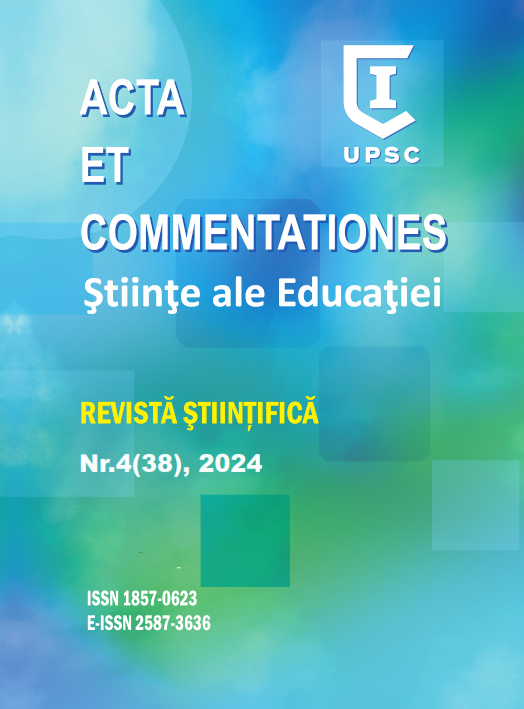Abstract
The article addresses the problems of teaching English with special attention to a new teaching method – the Associative Symbols Method, which was developed by teachers from Lutsk schools. An authorial program for teaching English to children aged 5 to 10 years old was developed based on this method. Within the framework of the program, textbooks and workbooks (for kindergartens, grades I, II, III and IV) were created and approved by the Ministry of Education and Science of Ukraine. The method focuses on non-verbal communication tools, through body movements, gestures, facial expressions, coded ideas and associations. The associative symbols method contributes to improving the perception of information and its better reproduction, capitalizing on the child’s rich imagination and fantasy, on the basis of which images are created for any studied lexical or grammatical unit. This association with a specific image or action increases the speed of learning English words and integrates associative symbols into the study of a foreign language through imitation.

This work is licensed under a Creative Commons Attribution-NonCommercial 4.0 International License.
